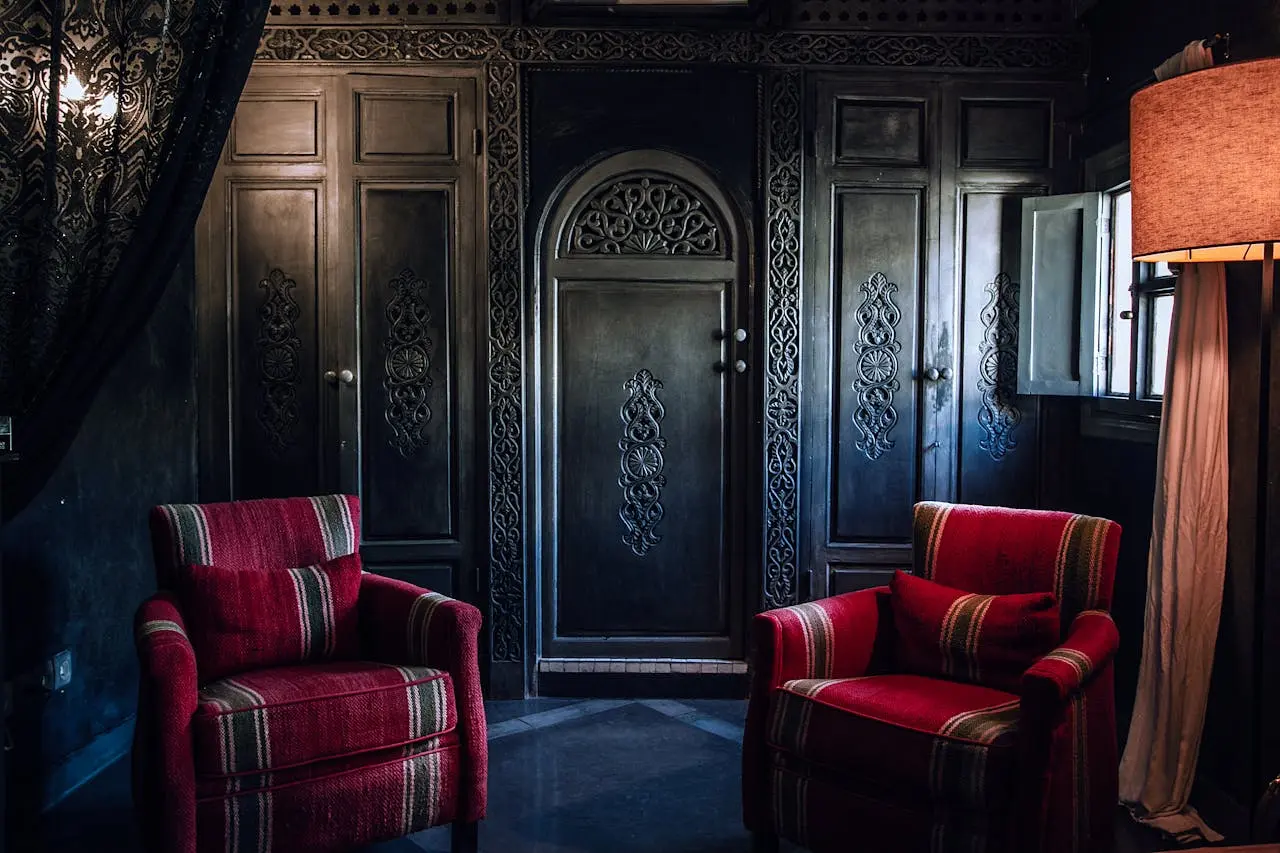Interior design is continually evolving, driven by innovations in materials and techniques that enhance functionality, durability, and aesthetics. Among these, plywood stands out as a highly versatile and reliable choice, shaping the future of design and construction. Its applications span furniture, flooring, paneling, and notably, doors. The rising popularity of ply door design highlights plywood’s significant role in contemporary interiors.
Engineered by bonding multiple layers of wood veneers with alternating grain directions, plywood’s cross-graining technique dramatically improves strength and stability. Unlike solid wood, which can warp or crack due to environmental changes, plywood offers superior resistance to humidity and temperature fluctuations. This durability makes it ideal for interior design projects where both performance and visual appeal are crucial.
One of plywood’s most dynamic indoor applications is in ply door design. These doors merge strength, style, and adaptability seamlessly. Structurally robust and aesthetically versatile, ply doors complement diverse design themes—from minimalist modern to rustic traditional. Their ability to enhance or subtly blend into interiors has earned them favor among designers and homeowners alike.
The aesthetic potential of ply doors is often underestimated. Doors are significant focal points, setting the tone for any room. Plywood’s smooth, uniform surface suits a wide variety of finishes—whether showcasing natural wood grain, high-gloss sheen, or matte laminates—offering extensive customization options to match any décor.
Contemporary ply doors transcend their functional purpose. They can serve as statement pieces or harmonious design elements. Innovative ply door designs include recessed panels, flat minimalist styles, varied grain orientations, and even intricate carved textures or inlays, adding depth and artistic flair to spaces.
Plywood’s unique balance of lightweight construction and robust structural integrity makes it especially suitable for doors. Ply doors are easier to install and manage than their solid wood counterparts, exerting less stress on frames and hardware, which reduces maintenance needs over time. Despite their lighter weight, they remain durable for everyday use in bedrooms, living spaces, kitchens, and commercial environments.
Moreover, plywood doors often incorporate solid or semi-solid cores that enhance insulation, reducing noise transmission and improving thermal efficiency. This feature benefits spaces where quiet and comfort are paramount, such as bedrooms, home offices, and study areas.
Cost-effectiveness is another compelling advantage of plywood. It delivers the luxury feel and durability of solid wood at a fraction of the price, making high-quality design accessible to a broader audience. Whether undertaking minor renovations or large-scale developments, plywood doors represent a smart investment without compromising on quality.
The versatility of ply door design extends to hardware compatibility. Modern locks, handles, hinges, and decorative accessories integrate smoothly with plywood doors, allowing tailored finishes that align perfectly with overall interior aesthetics. This flexibility enables homeowners to express a contemporary, classic, or eclectic style simply by altering the hardware and surface treatment.
Eco-conscious consumers increasingly favor plywood for its sustainability credentials. It is a resource-efficient material using less solid timber, often crafted with low-emission adhesives and harvested from responsibly managed forests. Choosing plywood supports environmentally sustainable building practices while maintaining high performance and style standards.
For renovation projects, ply doors offer exceptional practicality. Easy to paint, refinish, or replace, they provide a flexible option for updating interiors without heavy investment. This adaptability makes plywood a perennial favorite for home and commercial renovations, helping spaces stay stylish and current over time.
In commercial settings, such as offices, hotels, and retail environments, ply door design combines a polished professional look with resilience against frequent use. Its resistance to scratches, dents, and ease of maintenance ensures a lasting, attractive appearance in high-traffic areas.
In summary, plywood and ply door design present an ideal blend of style, robustness, and sustainability. As interior trends emphasize clean aesthetics, versatile materials, and enduring quality, plywood remains a material of choice for modern design. Whether constructing new spaces, renovating existing ones, or refreshing interiors, ply door design provide a smart, elegant, and long-lasting solution that enhances any residential or commercial environment.
The contemporary emphasis on sustainable and adaptable design further elevates plywood’s relevance in interior architecture. Innovations in plywood manufacturing now allow for enhanced moisture resistance, fire retardancy, and eco-friendly finishes, broadening its applications. Additionally, the integration of smart technology into ply doors—such as biometric locks and automated opening systems—is redefining door functionality and security. These advancements align with modern lifestyle demands, reinforcing plywood doors not just as stylish and practical elements but as integral components of intelligent, sustainable living and working spaces.
Want to know about’Cabinet Doors For an Industrial‘? Check out our’Kitchen‘ category.



